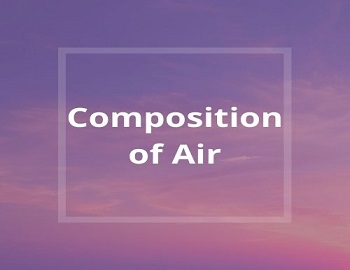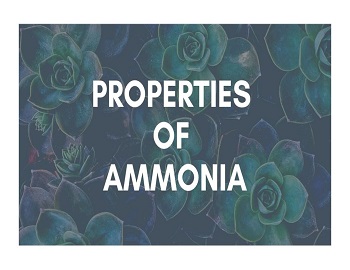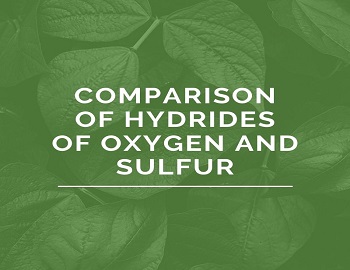Composition of Air:
Air is a mixture of several gases such as nitrogen, oxygen, rare gases (inert gases), carbon dioxide and water vapour. Their composition is given in the below table-
| Constituents of Air | Percentage by volume of Air |
|---|---|
| Nitrogen | 78.1% |
| Oxygen | 20.9% |
| Argon | 0.93% |
| Carbon | 0.03% |
| Water Vapour | Variable |
| Dust Particles | Variable |
| Other Impurities | Variable |
The air that we breathe in is called inspired air (or inhaled air). The air that we breathe out is called expired air (or exhaled air).
The expired air contains more carbon dioxide, is warmer and moister than inspired air. During respiration, oxygen gas is taken in and carbon dioxide gas is given out.
In the presence of sunlight, plants are able to convert carbon dioxide and water into sugar for food. This process is called photosynthesis. During this process, oxygen is given out by plants. This oxygen goes into the air. Humans and animals breathe in oxygen and breathe out carbon dioxide. Plants also use oxygen but they produce more than they use. Thus, plants do the opposite of what animals do. The composition of air has remained nearly constant because plants and animals complement each other. Thus, plants and animals together stabilize the atmosphere.
Rain dissolves gases present in the air only to a very small extent. The composition of air is not affected by rain. The content of water vapour in the air is called humidity. Air always contains water vapour. Water vapour is produced due to the evaporation of water from oceans, seas, rivers, lakes, ponds and streams. This evaporation is caused by the heat of the sun. The amount of water vapour varies from place to place. It is different even at one place during day and night and also from day to day. The maximum amount of water vapour that air can hold varies as the temperature changes. Warm air holds more water vapour than cold air.
Air has a certain capacity to hold water vapour. If this capacity of air is exceeded, water vapour condenses into water droplets and form dew or rain. If the temperature of the air decreases, water droplets freeze and fall as mist or hail or snow.
Air contains tiny solid particles of dust. These particles can be seen dancing in the air when a beam of sunlight streams into your room. The dust particles reflect the light and make the beam visible.









Comments (No)